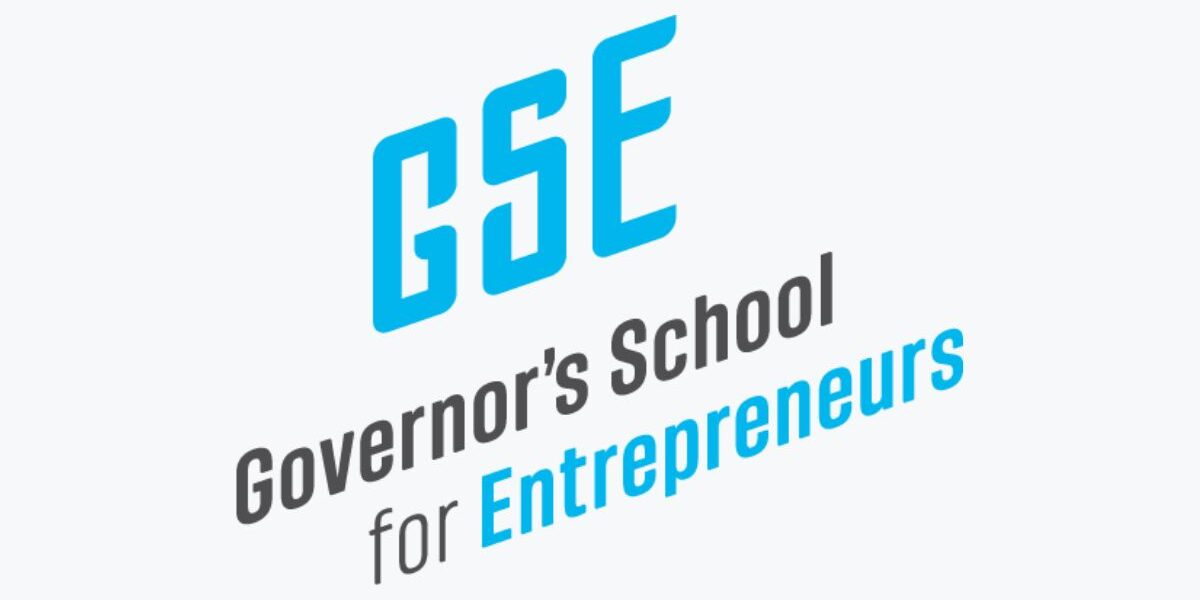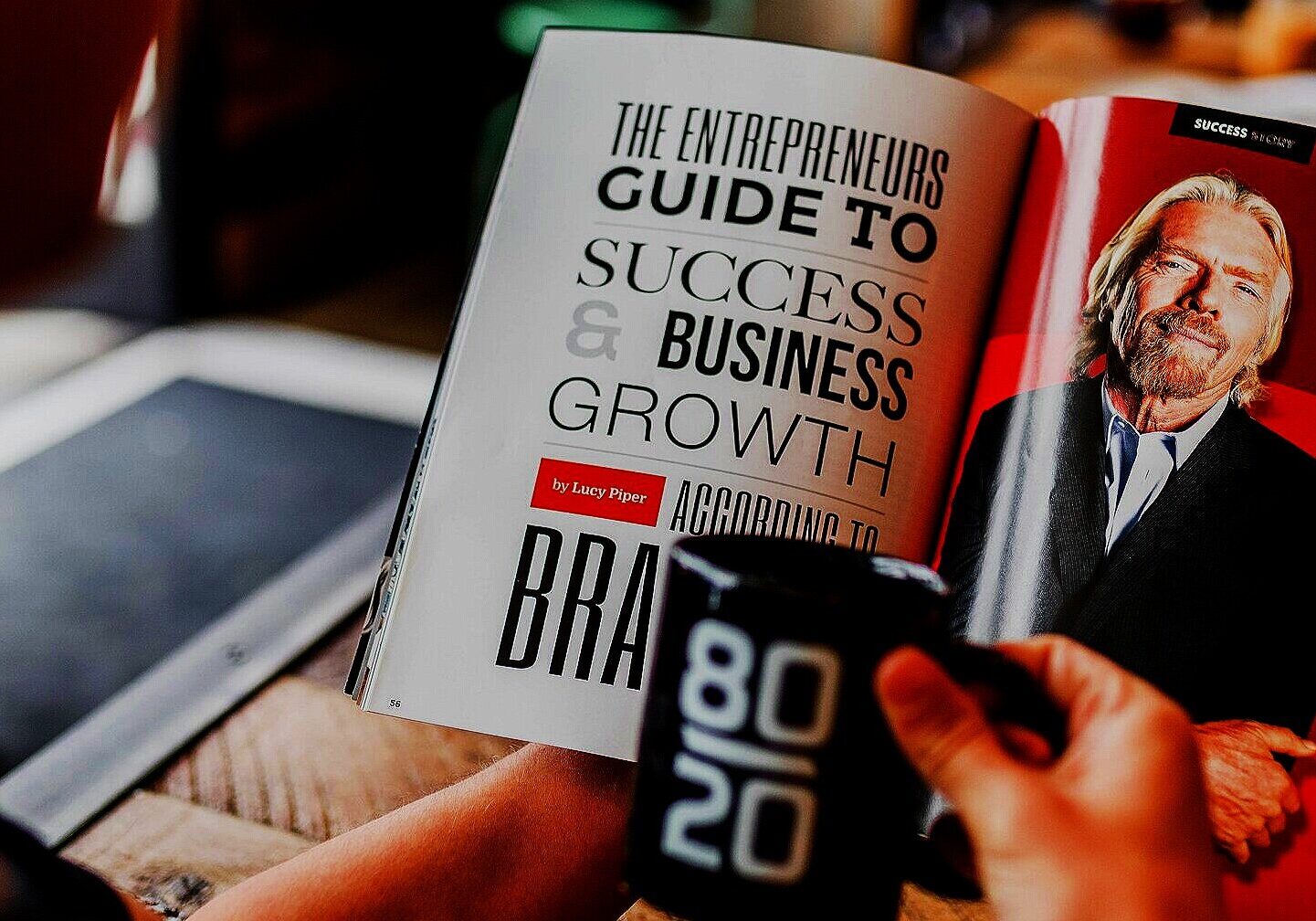Who is your customer? Too often startup founders answer back with, “well… everyone!” That answer is the quickest way to failure. If your customer is everyone, you are a business to no one.
It is crucial to have a very focused customer demographic when launching any company and as the company grows the customer demographic can grow as well. Facebook is the perfect example of a well executed customer identification and growth. When Facebook first launched it was only for the students at Harvard University. They spoke directly to that customer. They marketed only to that customer. They understood that customer.
Once they had acquired strong traction they began to scale to other colleges and universities across the country. Now, Facebook is one of the largest platforms in the world and is only growing. So how do you find out who your customer is?
1. Define your product or service from the customer’s perspective. What does your product or service do for your customer? What solutions does your product or service provide for your customer? How does your product improve your customer’s life or work?
2. Define the ideal customer for what you sell. What is his or her age, education, occupation or business? What is his or her income or financial situation? What is their style, personality and vibe? What do they do for fun? What do they do when they are bored? Get as detailed as possible at the beginning of your startup venture.
3. Determine the specific benefits your customer desires. Which benefit of your product is most important to your customer? What are the vital needs that your product or service satisfies? Why should your customer buy from you rather than from a competitor?
4. Determine where your customer shops. What location does your customer live and shop? Where is your customer when they find out about your product? Are they shopping local? Are they shopping big box stores? Are they shopping online?
5. Determine when your customer buys your product. Are they buying your product when they are preparing for something? Are they replacing something? What has to happen in the life of your customer for them to buy your product? What time of year, season, month, week or day does your customer buy?
6. Determine the buying of your customer. How does your customer buy your product or service? How has your customer bought similar products or services in the past? How does your customer go about making a buying decision for your product? Do they plan for it? Is it a spontaneous buy? Is it for them or a gift for someone else?
Knowing your customer’s every detail is your path to success. I even recommend founders give their customer a name. Make them a visual in your head of a specific person. Once you acquire that customer, learn from them. Take the time to learn about what your customer likes and dislikes about your product. Listen to them. Successful companies are built for their consumer not for the founder.





